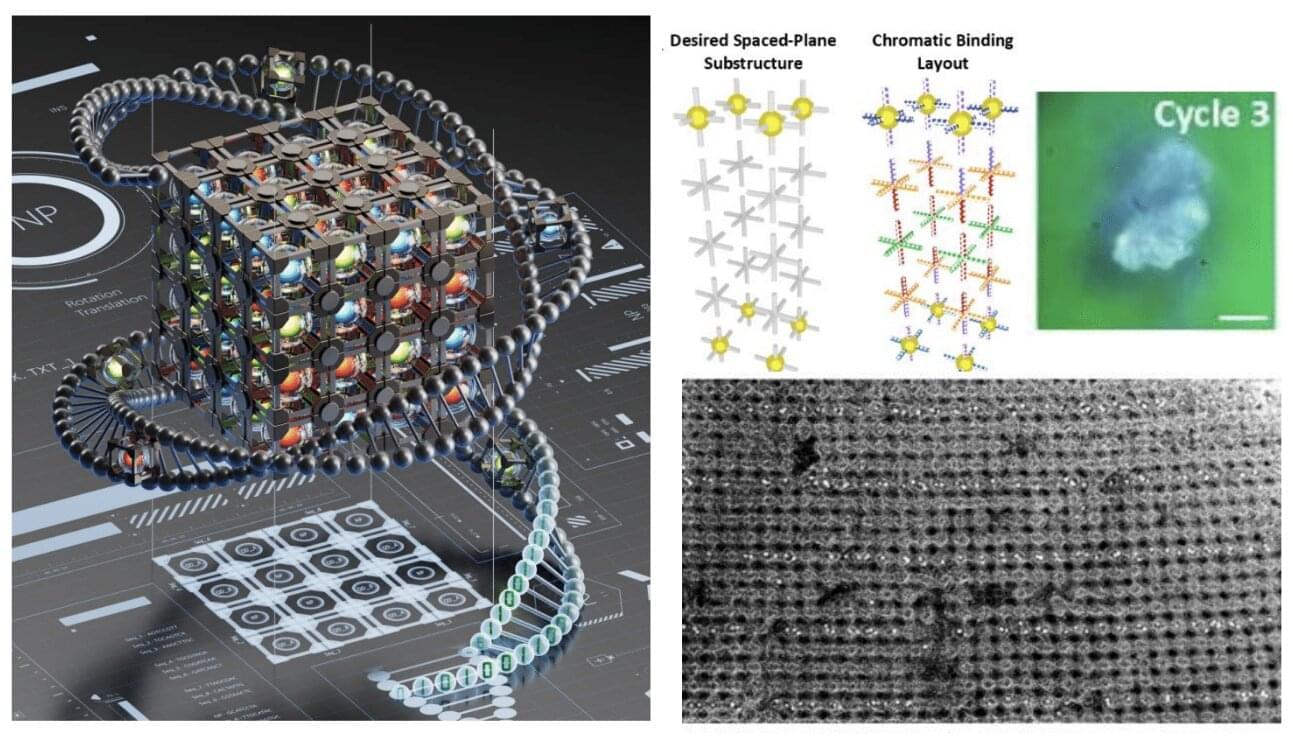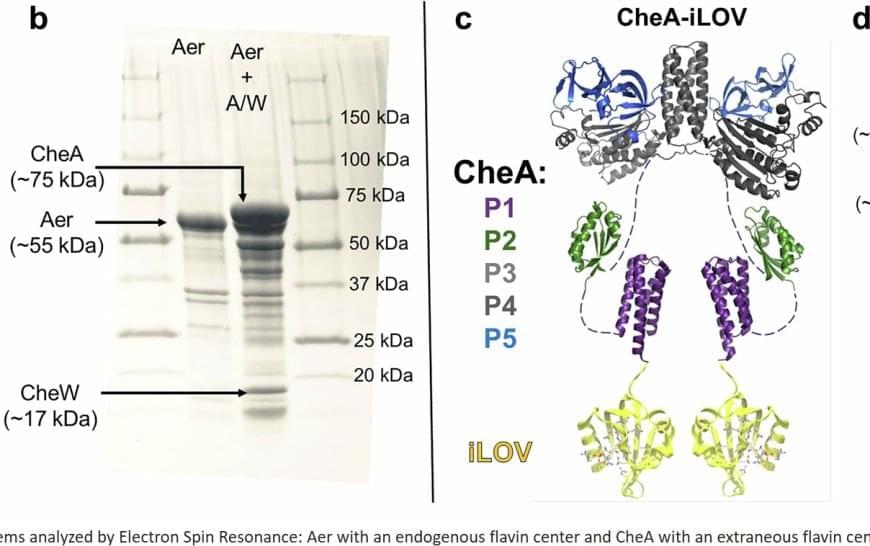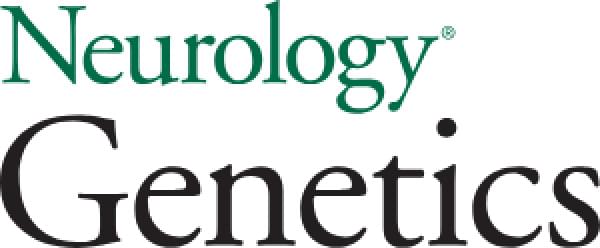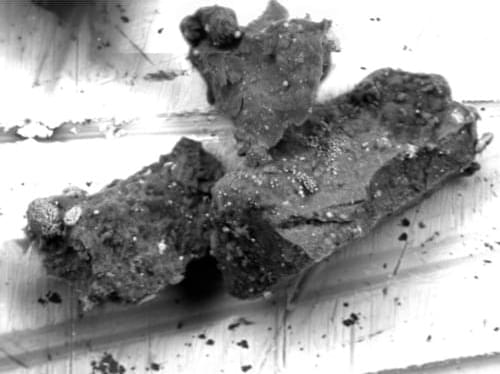Around the world, technology is slowly becoming a part of our bodies. What was once shown only in science fiction movies is now becoming real.
For example, in Sweden, thousands of people already have small chips inside their hands. These chips help them open doors, unlock cars, and enter offices—without using keys or cards. These tiny chips make daily life easier and smoother.
Now imagine—what if a chip could not only make life easy but also help people with disabilities?
This is what Neuralink, a company started by Elon Musk in 2016, is trying to do.
Neuralink’s dream is to connect the human brain directly with a computer using a very small chip. Their main aim is to help people who have serious spinal injuries and cannot move.
In early trials, Neuralink showed positive results. Some people with paralysis could move a computer cursor or play a chess game—just by thinking. This has given hope to many people who cannot move.
But recently, Elon Musk made a new and bold statement that caught the world’s attention.
In a post on social media platform X (earlier called Twitter), Musk said that Neuralink’s brain chip could help deaf people hear—even those who were born deaf.
He explained that this chip would directly send signals to the part of the brain that understands sound. So, even if a person’s ears do not work, they might still be able to hear.
This is different from cochlear implants, which help some deaf people by sending signals to the hearing nerve. Neuralink’s chip would go even deeper—straight to the brain’s hearing area.
If successful, this chip could help those who cannot use cochlear implants and give them a new way to experience sound. Elon Musk even said that in the future, such chips might give humans “super-hearing”—allowing them to hear sounds that normal ears cannot hear.
However, this is still just an idea. The chip is still being tested. Many technical, safety, and ethical questions are yet to be answered.
Also, many Deaf people and experts have said that deafness is not a problem to be “fixed.” For many, deafness is an identity, a language, and a culture. They want to be respected for who they are—not forced to change.
At ISH News, we agree with this view. We do not believe that deafness must be “cured.” We also do not support the idea of putting chips inside the body through surgery.
But as a news platform made for the Deaf community, we believe it is important to share such news. We want to keep our viewers informed so they can think and talk about these big topics.
We are here to provide both sides of the story—the big promises of this new technology, and the serious questions it raises. This way, our community can decide what they think for themselves.
The world is now watching to see what Neuralink does next—and whether this brain chip can really change the way people live.
#Neuralink #ElonMusk #HearingRestoration #BrainChip #Deafness #HearingLoss #CochlearImplant #DisabilityTech #Neurotechnology #FutureTech #MedicalInnovation #techforgood #ISHNews #ISL #IndianSignLanguage #SignLanguage.
ISH News broadcasts the Daily News and Entertainment online in Deaf-friendly accessible formats which are in Indian Sign Language (ISL), visual images with titles, voice-over and closed-captions. This ensures that we provide equal access to every individual, whilst promoting awareness.
Follow us for all the latest News & Entertainment and to keep up-to-date on all the happenings at ISH News:
WhatsApp Channel: https://ish.news/ish-whatsapp.
Facebook: https://www.facebook.com/ISHNews/
Twitter: https://twitter.com/ishnews_tv.
Instagram: https://www.instagram.com/ishnews/
Official Site: http://www.ishnews.tv/
Thanks for watching!! Favourites, Likes, Feedbacks & Shares are always appreciated.







